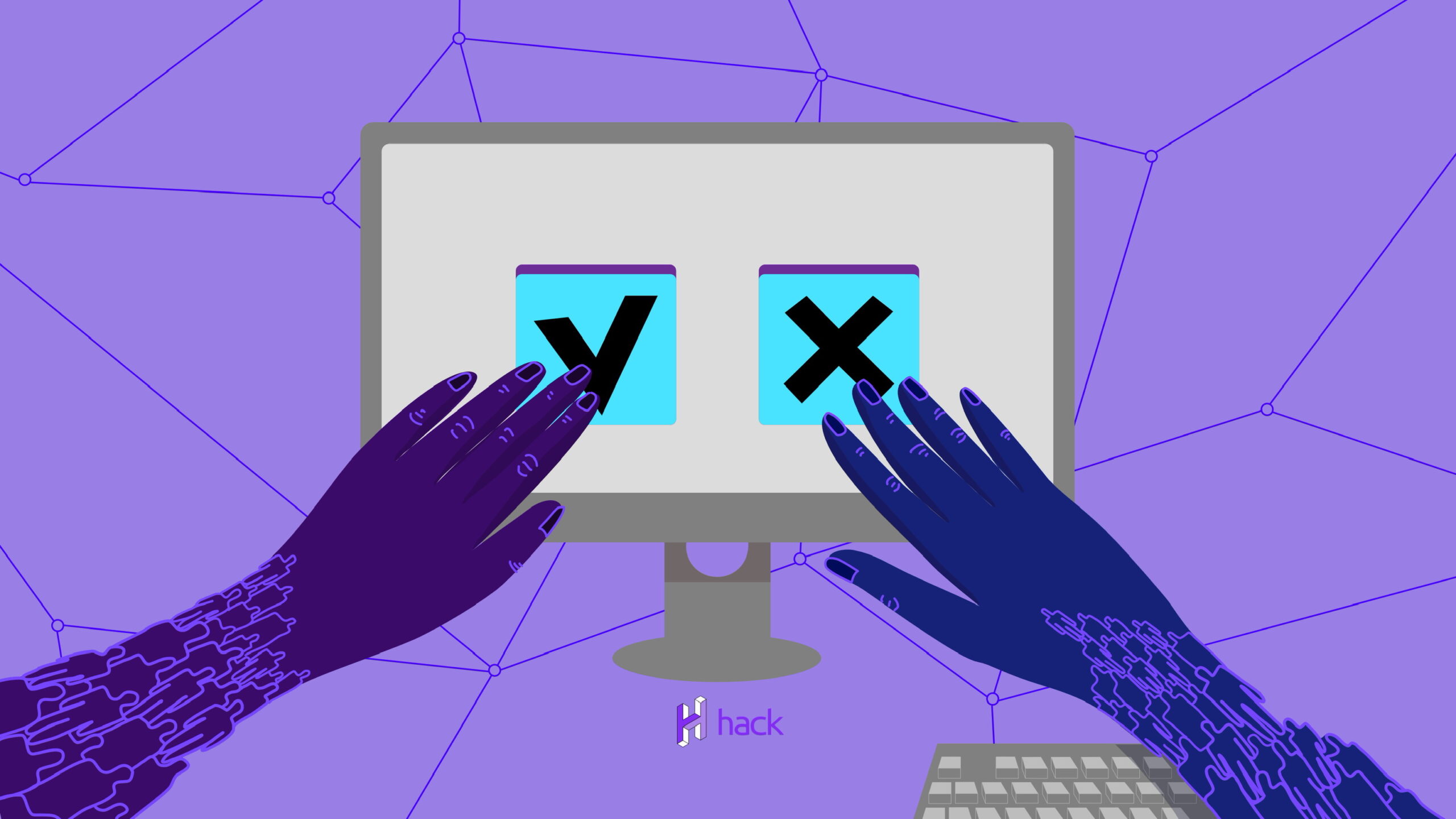After the rise of digital currencies and tokens, blockchain networks, decentralized finance, non-fungible tokens, and play-to-earn gaming, DAO seems to be the new kid on the crypto block.
The main purpose of a decentralized autonomous organization, or DAO, is to give a large community of contributors the ability to participate in its governance and future development in a decentralized manner through blockchain-based smart contracts.
The idea behind DAOs is still undergoing heavy development, as this is a relatively new phenomenon in the business world and in this article we are going to dive into some of the key elements of the organization:
So what exactly are DAOs? How do they operate? And will they make corporate-governance structures obsolete?
Origin of DAO and evolution of the term
The first references to actual Decentralized Autonomous Organization (DAO) emerged in the 1990s to describe multi-agent systems in an internet-of-things (IoT) environment or nonviolent decentralised action in the counter-globalisation social movement.
However, the modern meaning of DAO can be traced back to the earlier concept of a Decentralized Autonomous Corporation (DAC), mentioned a few years after the appearance of Bitcoin. The DAC concept was used mostly informally in online forums by early cryptocurrency enthusiasts, using both “decentralized” and “distributed” autonomous corporations with interchangeable characteristics.
DACs were described as a new corporate governance form, using tokenised shares as a means of providing dividends to shareholders. Such companies were described as “incorruptible”, running “without any human involvement” and with “publicly auditable” bylaws as “open-source software distributed across the computers of their stakeholders”. According to this definition, anyone could become a stakeholder in a DAC by simply buying stock in the organization or being paid in that stock/token to provide services for the organization. As a result, the owners of a DAC stock would be entitled to a share of its profits, participation in its growth, and the decision making processes.
With time the term was inherently linked to corporate governance and therefore alternatives to it appeared, leading to the emergence of decentralized applications (dapps), and later to the generalisation of DAOs as a replacement for DACs.
While some argue that Bitcoin is effectively the first DAO, the term is today understood as referring not to a blockchain network of itself, but rather to organisations deployed as smart contracts on top of an already existing blockchain network.
The first DAO that attracted widespread attention is considered to be a 2016 venture capital fund called “TheDAO”. Despite the short life of the experiment, “TheDAO” has inspired a variety of new types of DAO projects that will be mentioned below.
The Definition
A decentralized autonomous organization, or DAO, is an organization that’s governed by code instead of leaders.
A decentralized autonomous organization, or DAO, is an entity governed in a decentralized manner through blockchain-based smart contracts. The main idea behind DAOs is to give a large community of contributors the ability to participate in its governance, decision making and future development.
They are designed to be completely transparent so that all financial operations performed by the company are visible to all shareholders and the community. Just like the underlying motif behind cryptocurrencies, the idea of DAOs is to surpass the traditional centralized management of a company and create a transparent organization where actions and finance are completely public.
Decentralized applications (DApps) play an essential role in the activities surrounding a DAO organization. DApps are software products developed with the help of blockchain technology, and DAOs are essentially a variety of decentralized apps. While some DApps are created for money management functions, DAOs are designed to serve as a decentralized platform for communal decision-making.
Key characteristics of a DAO
Here are some of the key DAO characteristics that separate DAOs from any traditional organization:
- Completely visible framework.;
- No single person is in charge.;
- Any DAO member can view any financial aspect of the organization/company without difficulty, making it publicly auditable.;
- Changes to the code or protocol must be voted in a transparent manner.
Disrupting Traditional Corporate Structures
In a traditional corporate structure, there is a hierarchy: a board of directors and executives who have the power to effect change, which means that there is always a top-down governing body in place. Proposals to facilitate organisational changes that affect all of its employees aren’t transparent, the consensus isn’t respected, and even finances aren’t clearly defined or allocated, with only a few in charge of the influential decision-making processes.
DAO, as a blockchain-native entity, offers several advantages over this traditional businesses model.
First, DAO is decentralized. No one person or entity governs them. The rules of governance and operations are defined in smart contracts saved in the blockchain network – which means they cannot be changed without a consensus among the DAO members.
Each member of the DAO organization has a say and all decisions are subject to the vote of each member. This is unlike a traditional structure, in which a small group or a majority decides for the rest.
Second, DAOs are trustless. Unlike a traditional organization, where trust is the primary motivator for bringing people together, DAO participants trust the code. And the code that governs the smart contract oversees every task necessary for the organisation to function.
DAOs solves the Principal-Agent problem (also known as agency dilemma or the agency problem). The problem occurs when one person or entity (the “agent”) is able to make decisions and take actions on behalf of, or that impact, another person or entity (the “principal”). This dilemma exists in circumstances where agents are motivated to act in their own best interests, which are contrary to those of their principals. Issues also arise when companies have an incentive to become increasingly deferential to management that has ownership stakes. DAOs solve this problem by introducing community governance, in which stakeholders aren’t required to trust any agent, but are instead rewarded for their efforts by the smart contract. In simple terms, it’s like giving the power of the organisation in the hands of the people running it.
Types of DAO
Here are the categories that a DAO can fall into, depending on its structure and technology:
- Operating Systems– Standalone platforms that allow organisations to create their own DAO.;
- Protocol DAOs– Common DAOs that use tokens as a voting metric to implement the protocol and financial changes. Key projects include Uniswap, MakerDAO;
- Investment DAOs– Supports capital pooling for various DeFi operations and investments.;
- Grants DAOs– More like decentralised Venture Capitalists with communities, where governance tokens are used to vote on capital allocation.;
- Collector DAOs– Meant for NFTs and artists to support fractional or complete ownership of art and collectabals.;
- Service DAOs– Talent hunting and acquisition models for agencies and individuals.;
- Social DAOs– Decentralised platforms for interactions like social networking.;
- Media DAOs-More like a decentralised news aggregator that is transparent and works in the consumers’ common interest.
Final thoughts
DAOs, as a concept, have the potential to transform how businesses operate. They are already getting noticed, with the total market capitalization of all DAO tokens at ~$21B (as of Jenuary 2022). Also, like most crypto use-cases, Digital autonomous organizations have a bright future ahead of them if people invest time in learning the ins and outs of the technology. To sum up, everything we have discussed, DAO can be anything from a local community to a social network and everything in between, but they solve one generic issue – top-down governance.



